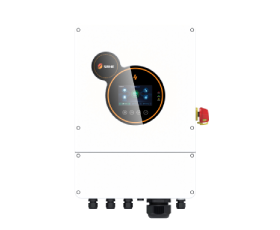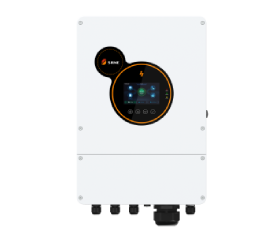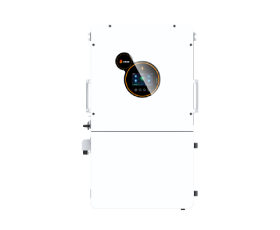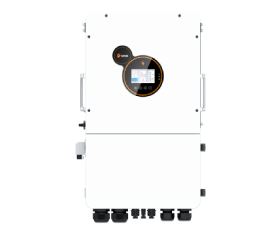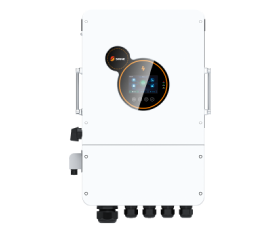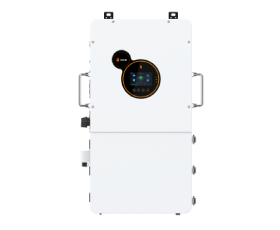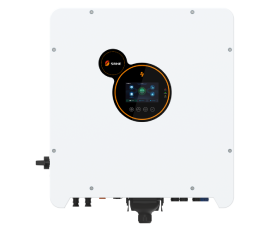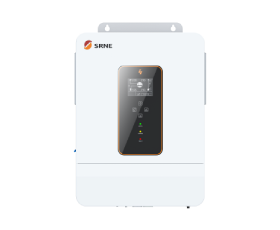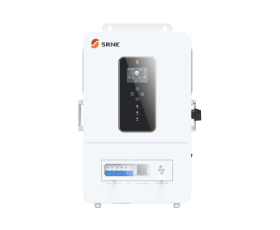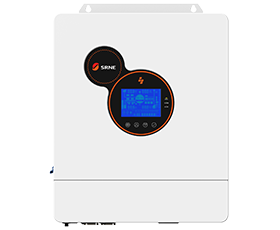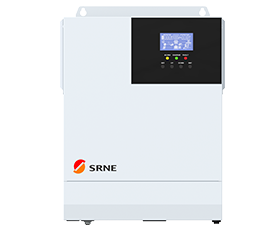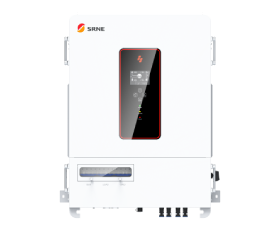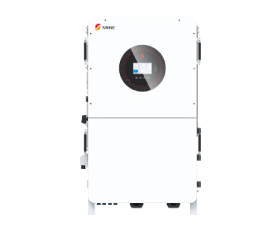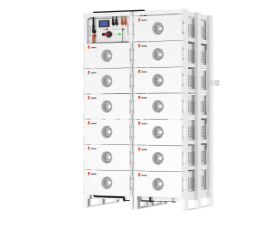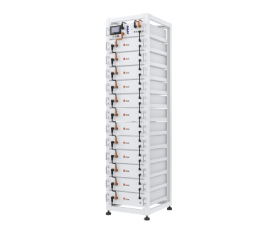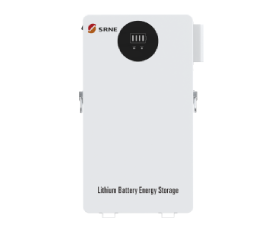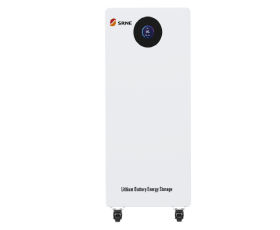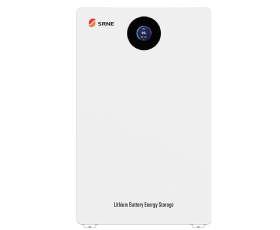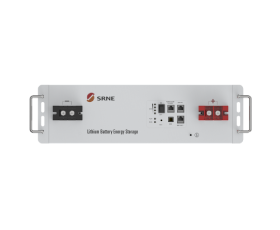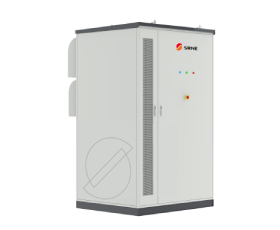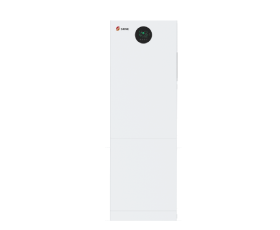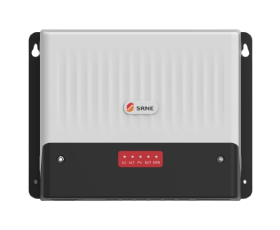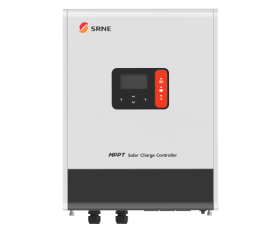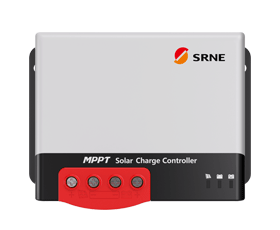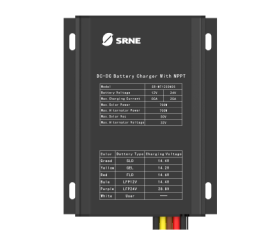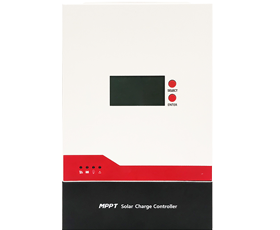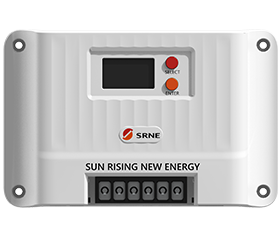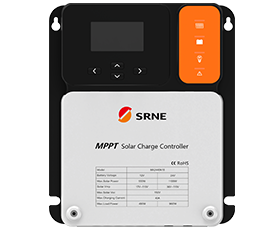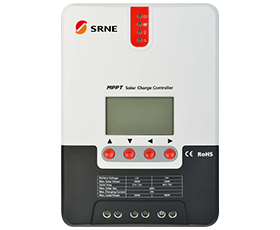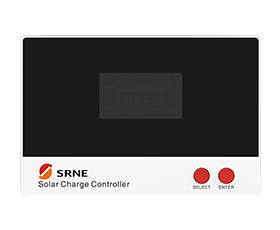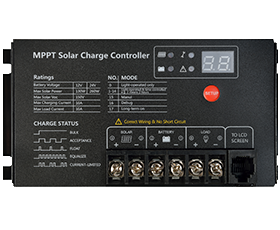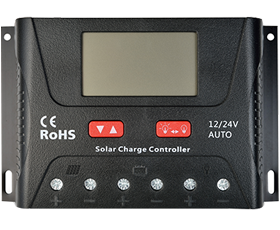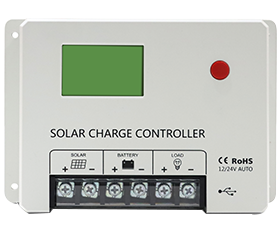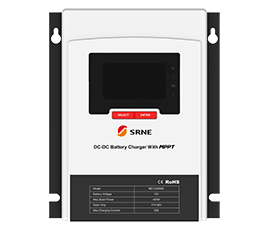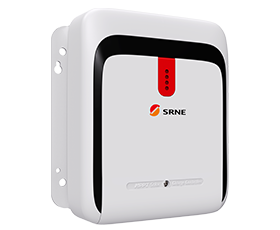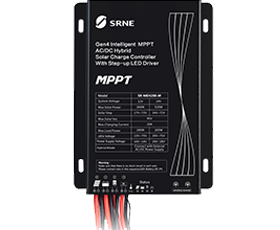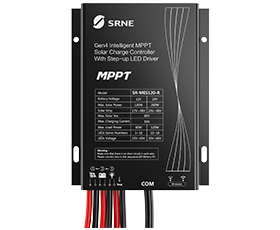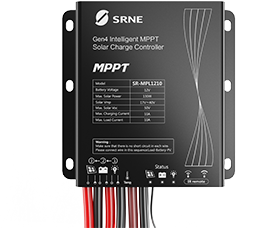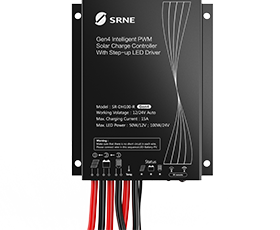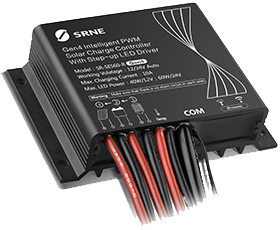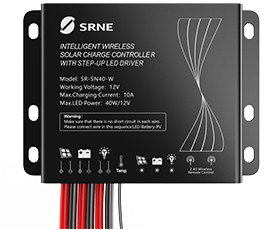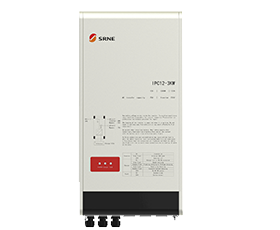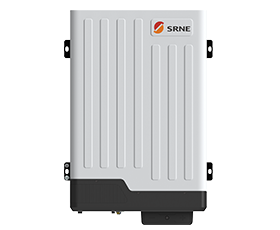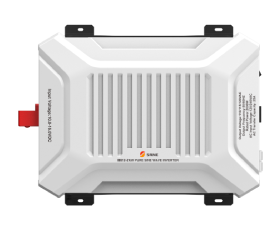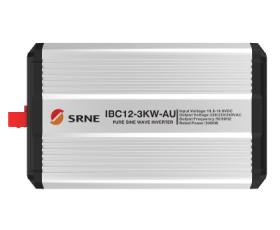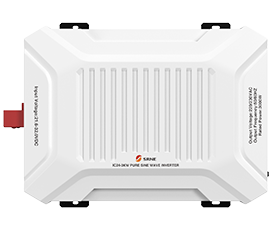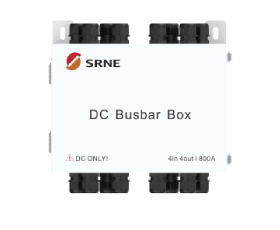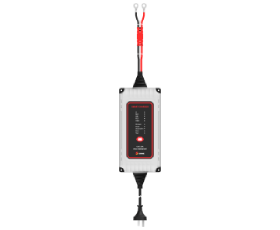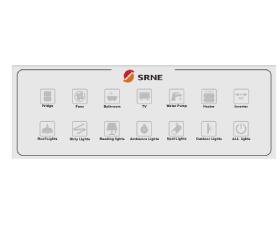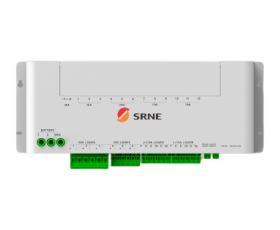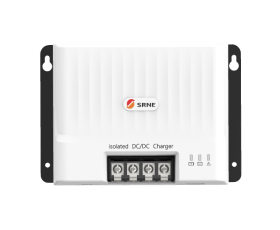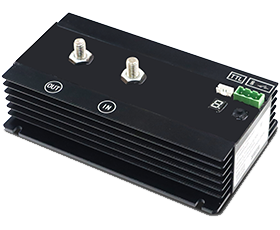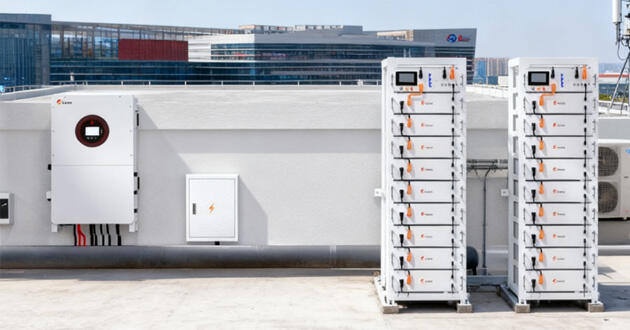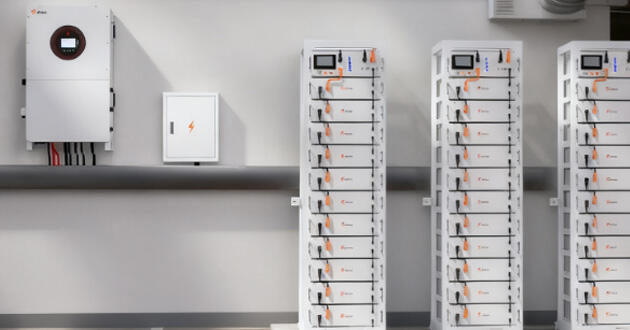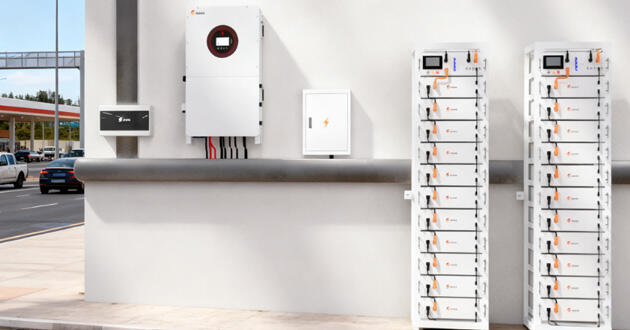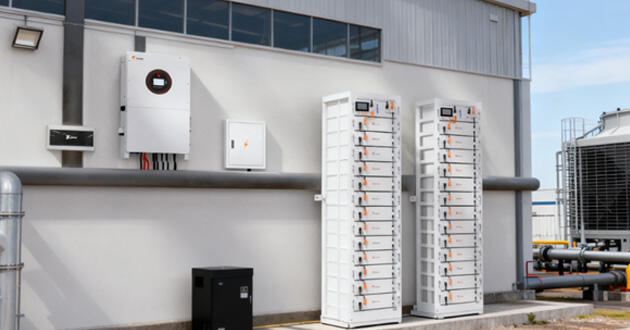Why is Commercial Energy Storage Important for Renewables
In the pages below, you’ll see how commercial energy storage solves intermittency, strengthens reliability, trims costs, enhances operational resilience, and accelerates sustainability—along with the key performance metrics that demonstrate its measurable impact.
How Commercial Energy Storage Solves Intermittency
Renewable resources like solar and wind are weather-dependent. Commercial energy storage closes that gap by capturing surplus electricity when generation is high and releasing it when output falls or demand rises. This time-shifting turns variable production into a dependable, on-demand resource. For businesses, that means steady power after sunset or during calm winds—so renewables become a controllable part of daily operations rather than an unpredictable add-on.
Modern C&I energy storage systems do more than simply charge and discharge. An Energy Management System (EMS) forecasts solar and wind output, tracks time-of-use prices, and chooses the most economical moments to move energy in or out of the battery. Working with the Power Conversion System (PCS)—which seamlessly converts DC (battery) and AC (grid/load)—the EMS enables real-time optimization: charging at midday when solar is abundant and inexpensive, then discharging during late-afternoon peaks to avoid high tariffs and shave demand.
By actively smoothing renewable swings, commercial energy storage reduces curtailment, capturing kilowatt-hours that would otherwise be wasted and putting them to work. It also improves power quality by damping voltage and frequency disturbances that can trip sensitive equipment. In microgrid configurations, storage keeps critical loads online during grid events. The result is a more stable, self-reliant, and efficient energy setup—one that maximizes renewable use, lowers operating costs, and strengthens long-term resilience while advancing decarbonization goals.
Commercial Energy Storage System for Reliability & Grid Stability
Ensures Consistent Power
Commercial energy storage system closes the gap between production and consumption by shifting energy across time to match demand. When renewable output dips, facilities draw on stored electricity to keep a steady, predictable supply. It also damps rapid load swings, reducing nuisance trips and keeping sensitive equipment stable. Guided by an EMS that optimizes charge/discharge against forecasts and tariffs, commercial energy storage keeps critical processes on track even as solar or wind fluctuates. The fast response of the PCS further clips short spikes that might otherwise trigger demand charges or power-quality alarms.
Stabilizes the Grid
Beyond the facility fence line, commercial energy storage reacts within milliseconds to frequency deviations and voltage excursions, helping maintain system balance. It can cover short peaks without starting inefficient peaker plants, improving overall grid efficiency. Aggregated fleets of storage assets operate as a virtual power plant, delivering fast, distributed support where it’s needed most. In practice, that means targeted relief during feeder congestion, tighter voltage control at the distribution edge, and fewer emergency dispatches of high-emission generators.
Prevents Waste
Without storage, surplus solar or wind is often curtailed. By capturing this excess, commercial energy storage system lifts renewable utilization and avoids wasting clean kilowatt-hours. It also strengthens project economics by shifting otherwise stranded energy to later, higher-value periods. For sites with on-site generation, greater self-consumption cuts grid purchases and exposure to volatile prices, while sidestepping negative-price events that can erode returns on renewable assets.
Cutting Costs with C&I Energy Storage
Peak Shaving and Load Shifting
Commercial energy storage charges when electricity is cheapest and discharges when it’s most valuable, narrowing a site’s cost spread across the day. This time-shifting cuts demand charges, smooths load ramps, and makes OPEX more predictable. With an EMS aligned to TOU tariffs, sites capture arbitrage while avoiding brief spikes that inflate bills. Over time, the controller recognizes recurring patterns—seasonal peaks, shift changes, weekend profiles—and fine-tunes dispatch to squeeze more value from each cycle. In solar-plus-storage designs, batteries pre-charge at midday so late-afternoon peaks are covered without drawing from the grid.
Increases Self-Consumption
Facilities with on-site solar or wind can bank surplus generation and use it later, reducing grid purchases and increasing the yield of every kilowatt-hour produced. The result is greater energy autonomy, less exposure to price volatility, and faster payback on renewable assets. In many C&I energy storage deployments, absorbing midday surplus also eases interconnection or export limits by keeping power behind the meter. That creates a cleaner match between on-site production and demand, fewer curtailment events, and steadier energy costs across seasons.
Performance Metrics
Track demand-charge reduction, TOU arbitrage margin, and self-consumption rate to quantify savings from commercial energy storage. Many teams also watch round-trip efficiency, battery throughput/cycle count, and avoided outage costs to refine C&I energy storage strategies and protect asset life. Establish KPI baselines before commissioning so year-over-year gains are measurable and audit-ready, then pair those metrics with tariff forecasts and production plans so the EMS targets the highest-value windows—and verifies that realized savings match the model.
Building Resilient Operations with Commercial Energy Storage
Backup Power
During outages or grid disturbances, commercial energy storage delivers backup power within milliseconds, keeping critical systems—data centers, cold chains, manufacturing lines, hospitals—online. Fast transfer and grid-forming capability minimize interruptions and product losses, while coordinated restart sequences bring equipment back safely and in the right order. Systems can also prioritize Tier-1 over noncritical loads to stretch capacity, and integrate with generators or UPS for longer coverage—creating a layered, resilient architecture.
Protects Operations
By mitigating voltage sags, swells, and frequency deviations, commercial energy storage shields sensitive equipment and cuts unplanned downtime. Cleaner power quality extends asset life and keeps production stable, especially in electrically “noisy” environments with large motors or welding loads. Advanced controls filter harmonics, smooth inrush currents, and ride through brief faults, while continuous monitoring flags anomalies early so teams can adjust dispatch or schedule maintenance before problems escalate.
Supports Microgrids
On campuses and in industrial parks, C&I energy storage anchors microgrid operations by coordinating local generation and loads. This reduces dependence on the central grid, enables controlled islanding during disturbances, and improves black-start capability. By orchestrating diverse DERs—solar, generators, EV chargers—commercial energy storage helps the microgrid optimize cost and reliability in real time and, when connected, participate in demand response or ancillary-service programs for additional value.
Powering Sustainability: Commercial Energy Storage
Lower Emissions
By maximizing renewable utilization and displacing fossil peaker plants, commercial energy storage delivers measurable CO₂ reductions. Capturing surplus clean energy for later use cuts curtailment, turning would-be wasted kilowatt-hours into real decarbonization. It also smooths the net load over the day, reducing carbon-intensive ramping and making each additional megawatt of renewables more effective across the system.
Supports ESG and Decarbonization Goals
Commercial energy storage enhances efficiency and renewable integration, helping organizations meet science-based targets and strengthen ESG performance—priorities for regulators, investors, and customers. Clear metrics—MWh shifted, tCO₂e avoided, round-trip efficiency—make progress auditable and support continuous improvement across multi-site portfolios. Aligning these KPIs with clean-power procurement or RE100 strategies ensures C&I Energy Storage directly advances corporate climate commitments.
Clean Energy Leadership
Companies that deploy storage demonstrate practical climate leadership. Integrating C&I energy storage with on-site renewables lowers costs, boosts resilience, and signals a credible commitment to the energy transition. The result is a business positioned at the forefront of a cleaner, more reliable power future—creating durable competitive advantage while meeting stakeholder expectations for sustainability and operational excellence.
Read more:
https://www.srnesolar.com/articledetail/what-is-c-i-energy-storage.html
https://www.srnesolar.com/articledetail/what-is-commercial-energy-storage.html
Conclusion
Commercial energy storage turns variable renewables into a dependable, revenue-aware resource. It smooths load, cuts demand charges, rides through outages, and converts curtailed kilowatt-hours into real decarbonization—all while improving power quality and enabling microgrids.





















